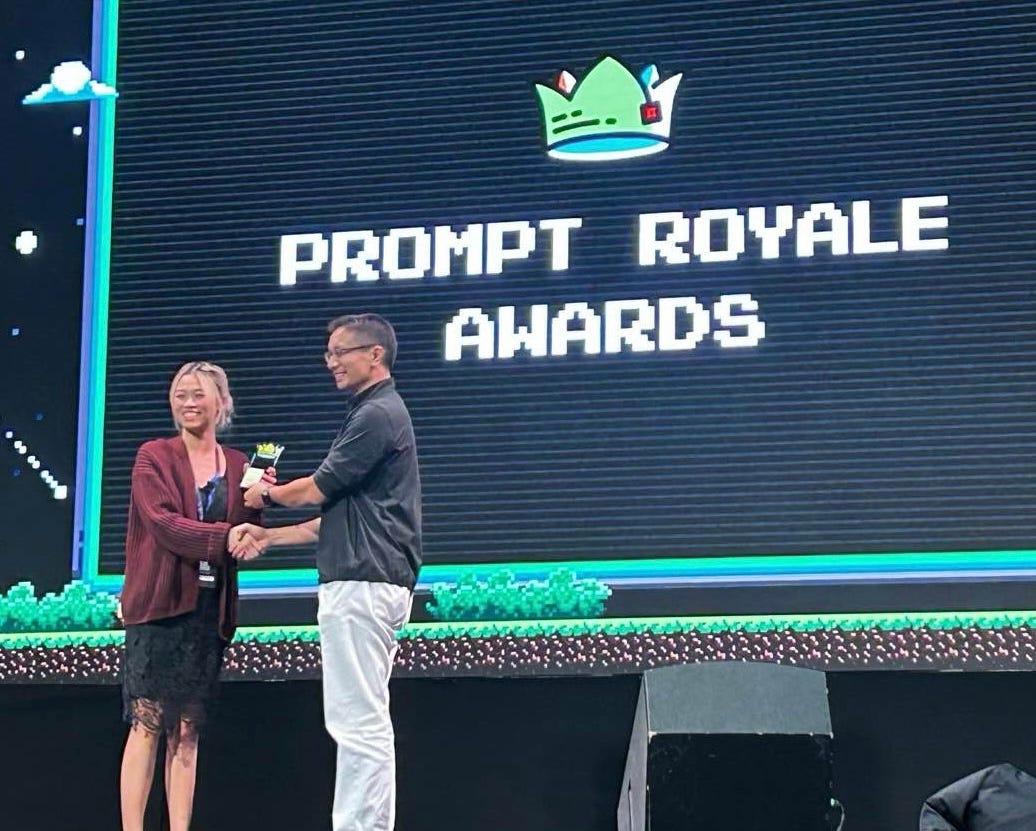Hi, and thanks for joining me. This is Doug and I'm surprised by the popularity of our artificial intelligence product over on the WAP Marketplace.
Today I'm going to highlight some of the top recommended articles about artificial intelligence over on Medium. I combed through the articles that have more than 1,000 claps, and after reading several, I found some that are really worth mentioning.
I'm going to highlight four different posts in this video that may be useful to you, depending on where you are on your artificial intelligence journey.
Now the first one is super awesome, and it's for the hardcore techie. The last article is something that's by a prompt competition winner, something that we can use right now.
This first article goes deep into the technology that you would need if you were wanting to command artificial intelligence from the root. She talks about the need for us to learn Python coding libraries, and then she talks about how to organize your product or your project over on git. She reviews the importance of mastering application programming interfaces (APIs), and then she goes, like, way over my head talking about machine learning processes and neural network architecture development. She finishes with details on training large language models and vector database development.
This stuff is like way over my head and it's nothing that I'm ever going to do, but it is amazing to get the overall structure of what's required for somebody to really master artificial intelligence.
And when I think about how these concepts work together with the prompt engineering structures we'll hear it at the end. Wow, it is mindblowing.
The second article that I want to highlight details the advantages that Apple Farret has when compared to ChatGPT.
As I read through this article, I learned things about how artificial intelligence can read and identify images and objects. Not only was it enlightening for my concept of how the machine thinks through the data presented in a detailed image, but it also started to spark my imagination for how I could use this artificial intelligence to look for specific conditions on my behalf.
You know, my imagination is pretty limited to just automating simple and boring tasks, but I'm pretty sure that after a few practice runs, I would get some more ideas, and I would love to hear your comments down below.
What kind of ideas do you have for setting a task where artificial intelligence monitors a picture for a physical situation?
Of course, I'm looking for things that are going to help us generate passive income, so leave those comments down below. I would love to hear it.
The third article might be a point of interest for some, but it was kind of a letdown for me.
This new pendant records and transcribes conversations for later review, but I think this is kind of an available app on your iPhone forever now, so it's likely that people around you are already doing this without your awareness. But you know, it's always good to be aware of new technology.
But as an aside, personally, we must always remain in the present moment and be conscious of what thoughts and what feelings and what words we're giving space to in our mind. Which of the two wolves within you do you feed, the good wolf or the bad wolf? For certain sure, if you're feeding that bad wolf, those words will come back to bite you.Oh, we can finish up with the philosophical conversation, and we can go back into prompt engineering:

Because Sheila really blew me away here with how she won Singapore's GPT prompt engineering competition.
Not only is it an amazing accomplishment in its own right, but it's even more humble that Sheila shares the deep and thorough reasoning that she used to capture this coveted title.
Her post shares how to apply the co-store formula to improve your GPT responses. She shared how to organize your prompt with special character delimiters, as well as how to apply XML tags as delimiters to structure the data for the prompt.
One of the power tips for me was how the custom instructions should be used properly to provide guard rails for the ongoing conversation with the GPT model. I've been frustrated in the past because I didn't understand why GPT was sometimes forgetting the original prompt we were working with, but now that I understand these custom instructions, I'll start working with them more correctly.
Then we get down to the bottom of the post where the really important stuff was for me, was using LLMs to find patterns within a data set. I've been looking for a way to find patterns within a big group of 5,000 rows of data that I have, but I wasn't sure how to ask GPT how to provide me with the answer.
But this sample prompt quickly gives me a structure, and now I can start preparing my data so that GPT can analyze it and not just provide me with an analysis of the data, but it can also give me a report that would speak to my intended audience.
This tutorial post is something that I'm sure I'll return to often until I get my spreadsheet and my analysis completed and the reports being generated for my students.
I'm super passionate about using artificial intelligence tools to work for my business.
If you're excited about using AI tools to create passive income for yourself, be sure to grab my free PDF on the link down below. The GPT Money Course includes 300 prompts and how to use them. This guide is almost 100 pages long, and it provides the core prompts that you need to know. Grab these easy copy and paste solutions that you can browse and try on GPT right now.
Thanks for joining me all the way through this video. My name is Doug from ai-businessplans.com .
Connect up with me on LinkedIn.
↳
Recommended Reading
With so many small newsletters with big claims, these are the two that stand out from twenty startups.
Simple AI
➤ Simple.ai offers the Agent AI newsletter, which helps over 100,000 subscribers learn to use AI agents to enhance their careers or businesses. It covers practical insights, strategies, and updates on AI developments, making it easier for readers to stay ahead in the AI landscape. - Read Here.
The AI PMO
➤ The AI PMO provides AI tools, strategies, prompts, and workflows to enhance the efficiency of project management offices (PMOs). Over 634 PMO leaders receive free, practical AI insights every Thursday, helping them to amplify their team's efforts and become AI thought leaders in their organizations. - Read Here.




